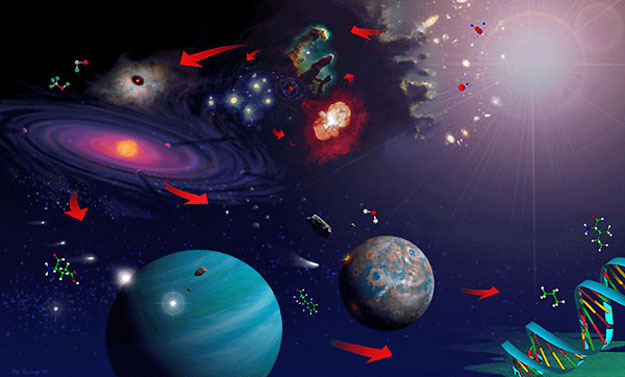Who are these notes for?
Contents
Who are these notes for?#
This Jupyter Book should be useful for:
Undergraduates with some introductory background in physics
Anyone else with some astronomy or physics background who is interested!
Interacting with the Book#
The code snippets in the book are all written in Python through Jupyter notebooks. Familiarity with the Python language and its scientific packages is useful, but not required. There are introductory guides to Python and Markdown in the Preamble.
This book is meant to be interactive, where you can open each chapter using Google Colab (see below) from the dropdown menu shown with a rocket. The runtime on Google Colab uses a version of Python that already has many useful packages (e.g., numpy, scipy, pandas, etc.) available with an import statement. Each cell can be modified and executed, which is only limited by your curiosity. Also, the text cells can be opened to reveal the source markup and formatting.
Cloning the Book#
All of the source material is publicly available in a GitHub repository saturnaxis/ModernPhysics. The open source nature of GitHub 
How to cite and reuse this material#
The material is licensed for permissive re-use under the Creative Commons Attribution 4.0 International (CC BY 4.0) license. This means you are free to share and adapt this material under the condition that you give appropriate credit to the original author (Billy Quarles) or source material (e.g., OpenStax, Modern Physics for Scientists and Engineers, or YouTube creators ) as appropriate.



